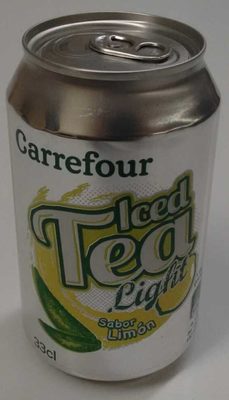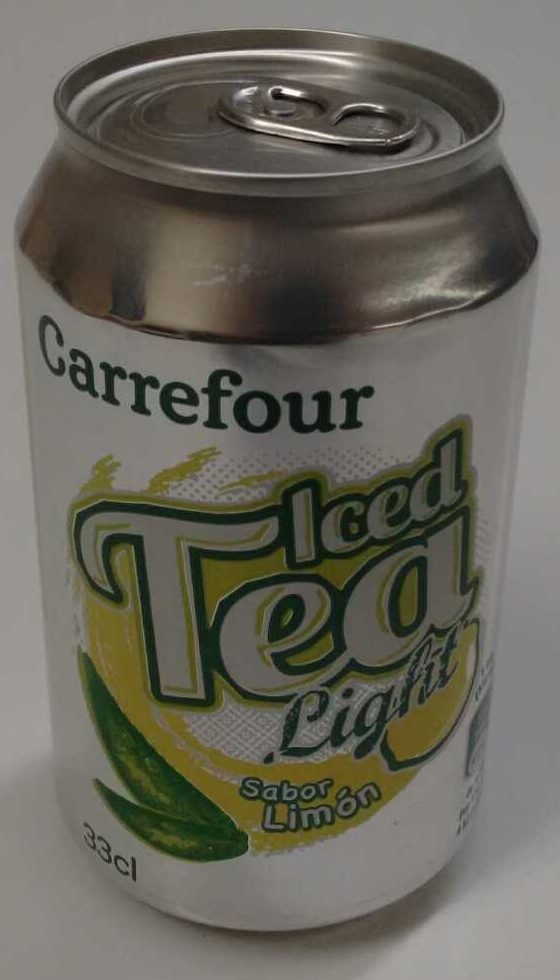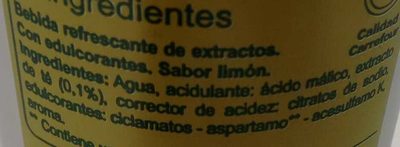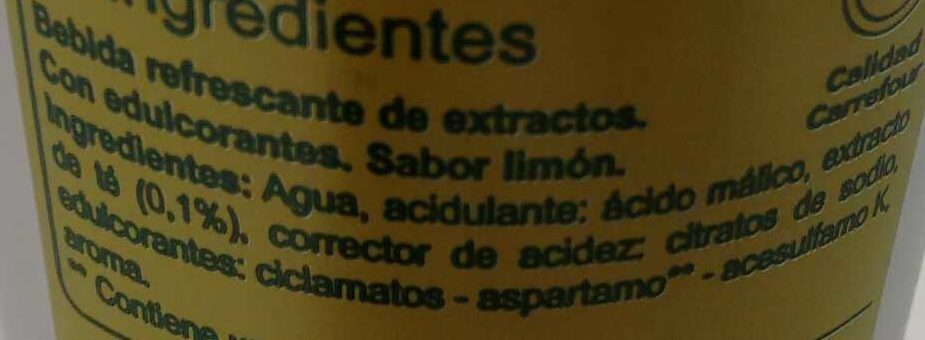Iced tea light - Carrefour - 33 cl
Aquesta pàgina del producte no està completa. Podeu ajudar a completar-la editant-la i afegint-hi més dades a partir de les fotos ja disponibles, o fent-ne més amb l'aplicació de androide o iPhone / iPad. Gràcies!
×
Codi de barres: 3560070236022 (EAN / EAN-13)
Nom comú: Bebida refrescante de extractos. Con edulcorantes. Sabor limón.
Quantitat: 33 cl
Empaquetament: Conserva
Marques: Carrefour
Categories: Begudes, en:Tea-based beverages, Te gelat
Llocs de fabricació o processament: Cedex, France
Botigues: Carrefour
Països on es va vendre: Espanya
Matching with your preferences
Entorn
Petjada de carboni
Empaquetament
Transport
Report a problem
Fonts de dades
Producte afegit per openfoodfacts-contributors
Última modificació de la pàgina del producte per packbot.
La pàgina del producte, també editada per kiliweb, robot8a, thaialagata, yuka.U3BGZUVLUmFsdkJiaThabDh5aU5xNGxzKzZLN2Z6bXlCTEJMSUE9PQ.









